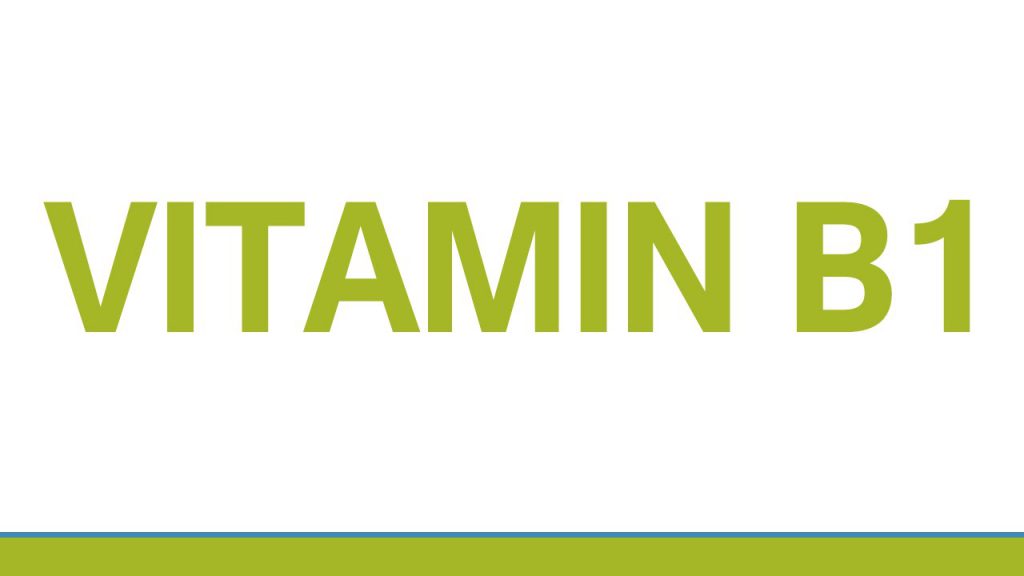Vitamin E – The Vitamin You Can Absorb Through Your Skin
Ever wondered why vitamin E is so often available as a vitamin E cream? And why this is such a valuable nutrient for the health of your cells? Read on and I will explain.
Because vitamin E is so widely available in food its unusual to encounter someone with a frank deficiency, although this vitamin is often used therapeutically by naturopaths as a supplement (usually alongside other nutrients).
This is one of the rare vitamins that you can absorb through your skin and mucous membranes, hence its popularity as an ointment. Once in your body, one of the main tasks of vitamin E is to help preserve the health of your cell membranes by acting as an antioxidant.
Your cell membranes are actually made up of fat molecules joined together by minuscule magnetic attraction, rather like oil floats on the top of water. These membranes are vulnerable to attack by free radicals, (molecules missing an electron who can damage cell membranes). A good supply of Vitamin E in your body can prevent these free radicals from causing damage to your cell membranes.
Vitamin E has a reputation as a free radical scavenger and oxidation-preventer in other parts of your body too. Within the gastrointestinal tract, it prevents vitamin A from being oxidised before absorption. High quality fish oil (omega 3) supplements routinely contain vitamin E, to prevent oil in the capsules from going rancid.
Although vitamin E supplements are sometimes used to promote cardiovascular health, or as an antioxidant, it is very popular as an ointment. It can slow premature aging of skin, and help heal damaged skin tissue and scars.
The best way to obtain your vitamin E is from food. There are several different varieties of vitamin E (tocopherols). Obtained from food, vitamin E will contain all the tocopherols, plus added nutrients. Vitamin E capsules may contain only one tocopherol of the vitamin (usually the alpha version), and may be synthetic. Yet another reason to focus on improving your nutrition with high quality food rather than taking supplements.
The best food sources of vitamin E are cold pressed oils, eggs, sunflower seeds, offal, molasses, peanuts, soy beans and lima beans.
If you are taking a vitamin E supplement, check the label: Natural vitamin E’s technical names are preceded with d- (e.g d-alpha-tocopherol). Synthetic vitamin E will be labelled as dl- (e.g dl-alpha-tocopherol). Although cheaper to produce, synthetic vitamin E is not absorbed as easily as its natural cousin.
Now you know why vitamin E is so valuable, including for your skin, consider buying a tub of vitamin E-enriched body lotion next time you’re shopping.
Vitamin E – The Vitamin You Can Absorb Through Your Skin by Olwen Anderson




